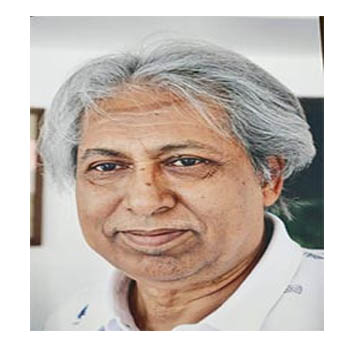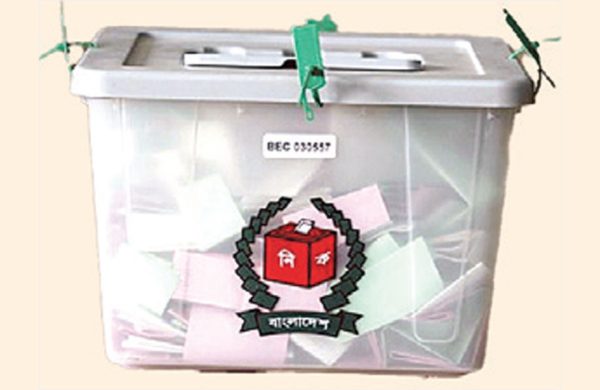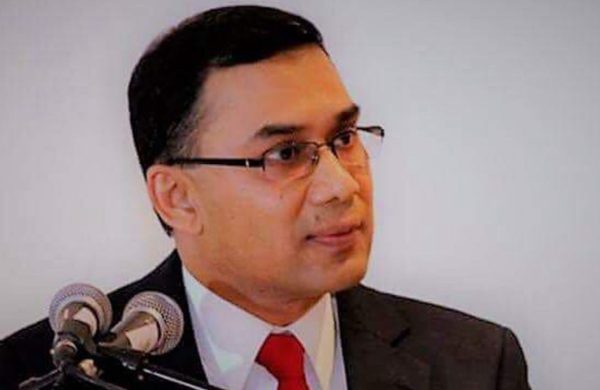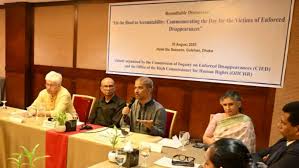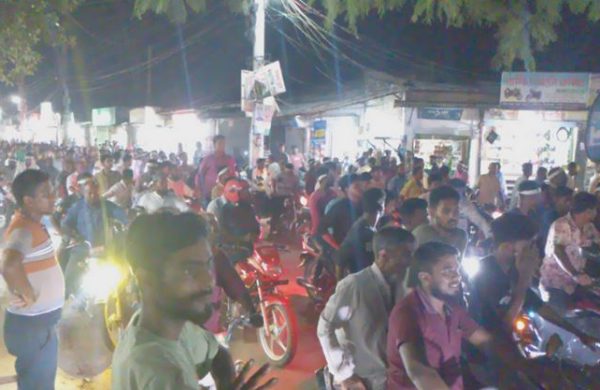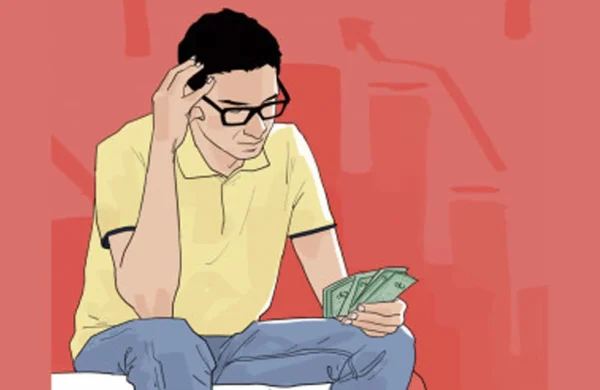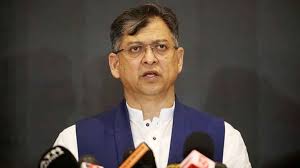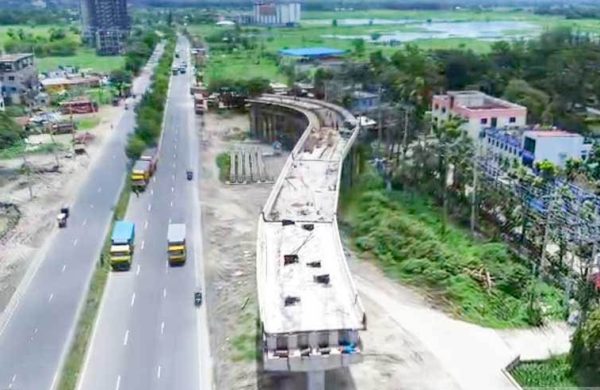Vietnam Reached Trade Deal, Why We Can’t
- Update Time : Wednesday, July 30, 2025
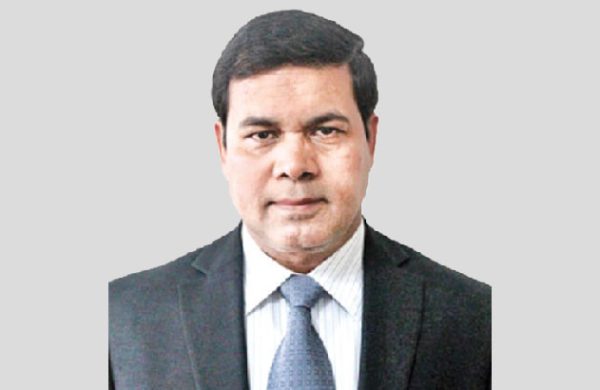
—Nironjan Roy—
After entering White House, President Trump has declared imposing exorbitantly higher tariffs against the countries which have trading relationship with the U.S.A. Trump’s higher tariff invited counter measures from other countries particularly from the EU (European Union) member countries and Canada. Measure and counter measures against cross-border trade eventually escalated trade war across the world, which was about to result in recession, and even depression in the global economy, particularly the U.S.A. Fearing imminent recession, Trump administration had put 90 days pause on the effectiveness of higher tariffs, what expired on July 09 but further extended up to Aug 01, 2025.
Trump administration had expected that during the pause period, all trading partners, particularly those against which the U.S.A has higher trade deficit, will come to the negotiation table and will reach a trade deal, what will eventually resolve tariff issue and avoid economic recession. Eventually that did not happen as expected.
Vietnam is one of the target countries against which President Trump imposed higher reciprocal tariffs. However, they have been able to make trade deal with the U.S. by reducing reciprocal tariffs on goods to be traded between two countries. As learnt from media report, President Trump has announced that the U.S. and Vietnam have struck a trade deal what will see American goods entering Vietnam duty-free. As a counter measure, the U.S. has reduced their reciprocal tariff from 46% to 20% on Vietnamese goods entering the U.S. market. During Trump Administration’s first 90 days pause on the effectiveness of higher tariff, Vietnam has successfully negotiated to reach a trade deal with the USA. After finalizing the trade deal with Vietnam, President Trump has commented in the social media post that “it will be a great deal of cooperation between our two countries”.
This trade deal has been made with wider coverage as goods transhipment from Vietnam to the U.S.A will be subject to lower tariffs at 40%, which was much higher when originally announced. This lower 40% tariff will apply to the goods, which are originated in other countries but shipped through Vietnam to the U.S. market. Mentionable that Trump administration indiscriminately announced exorbitantly higher reciprocal tariff against its’ all-trading partners of which three countries have so far, been able to successfully reach trade deal.
Vietnam is the third country, which has been successful in reaching trade deal with the U.S.A. Previously U.K. was the first successful country to make trade deal with the U.S. after significantly lowering the tariff on U.K. goods. However, President Trump in a different approach, has arrived a tariff truce with China, which had been charged with different level of higher tariff depending on its action in dealing with fentanyl issue and allegedly unfair trade practices.
Although Vietnam is the eighth largest trading partners of the U.S.A with about $150 billion trade volume in last year but from trade deficit perspective, the U.S has the third largest trade deficit with Vietnam, which is amounted to $123 billion. During the last few years, both countries have remarkably grown in bilateral trading with significant export volume of apparels and footwears. In fact, Vietnam was chosen as alternative supply source to China, so many companies had established manufacturing plants in that country for direct export to the U.S. market.
Because of growing trade imbalance, Trump administration targeted Vietnam. Even Trum accused this country of currency manipulation with deliberately keeping their currency undervalue to make the export more competitive. So, Trump had imposed higher reciprocal tariff on Vietnamese goods entering the U.S. market. However, Vietnam took 90 days pause period very seriously and worked with strategy and measures which has produced good result. Not only Vietnam, Philippines have also been able to reach trade deal with the USA while Indonesia has made a good headway towards reaching the trade deal lowering tariffs.
It is learnt that for reaching a trade deal, Vietnamese government resorted to a strategic approach instead of straight communication. They used the concept of market-economy status as main instrument of negotiation. Market-economy status means goods entering U.S. market would face lower product-specific tariffs on a litany of goods although there is chance of Trump’s economywide duties. Vietnamese government requested Trump administration to recognize Vietnam as market economy and thus lift trade restrictions on high-tech goods, what eventually turned into a successful trade deal.
Now question arises, if Vietnam can make a successful trade deal with U.S.A, why we cannot do so. Our position in term of trade volume and trade balance, is much better, so we can also reach a acceptable trade deal with U.S. if appropriate measures with effective negotiation can be undertaken. Merely writing letter or conventional communication may not produce any desired result in reaching trade deal. Although only three countries have so far been able to reach trade deal with the U.S.A and extended pause period is also going to expire soon, yet the door of negotiation has not been closed. Many countries are still engaged in persistent negotiation with Trump administration. Even while speaking with newsmen, Trump himself has said that there is no deadline for negotiation and reaching trade deal. This can happen at any time and any day.
So, we will have to take the advantage of Trump’s personal perception about deadline for negotiation and making trade deal. In this context we will have to find some strategic approaches like Vietnam and effective negotiation at different levels needs to be initiated. However, prior to that, a political stability and economic certainty are must. Even business leaders of our country, particularly exporters association should be assigned with special task for effective negotiation and reaching the trade deal with lower tariff. We have to keen in mind that Trump’s action is not direct trade restriction, instead a reciprocal tariff which needs to be addressed through reciprocal measures.
———————————————————————-
The writer is a certified anti-money laundering specialist and banker based in Toronto, Canada. He can be reached at [email protected]


